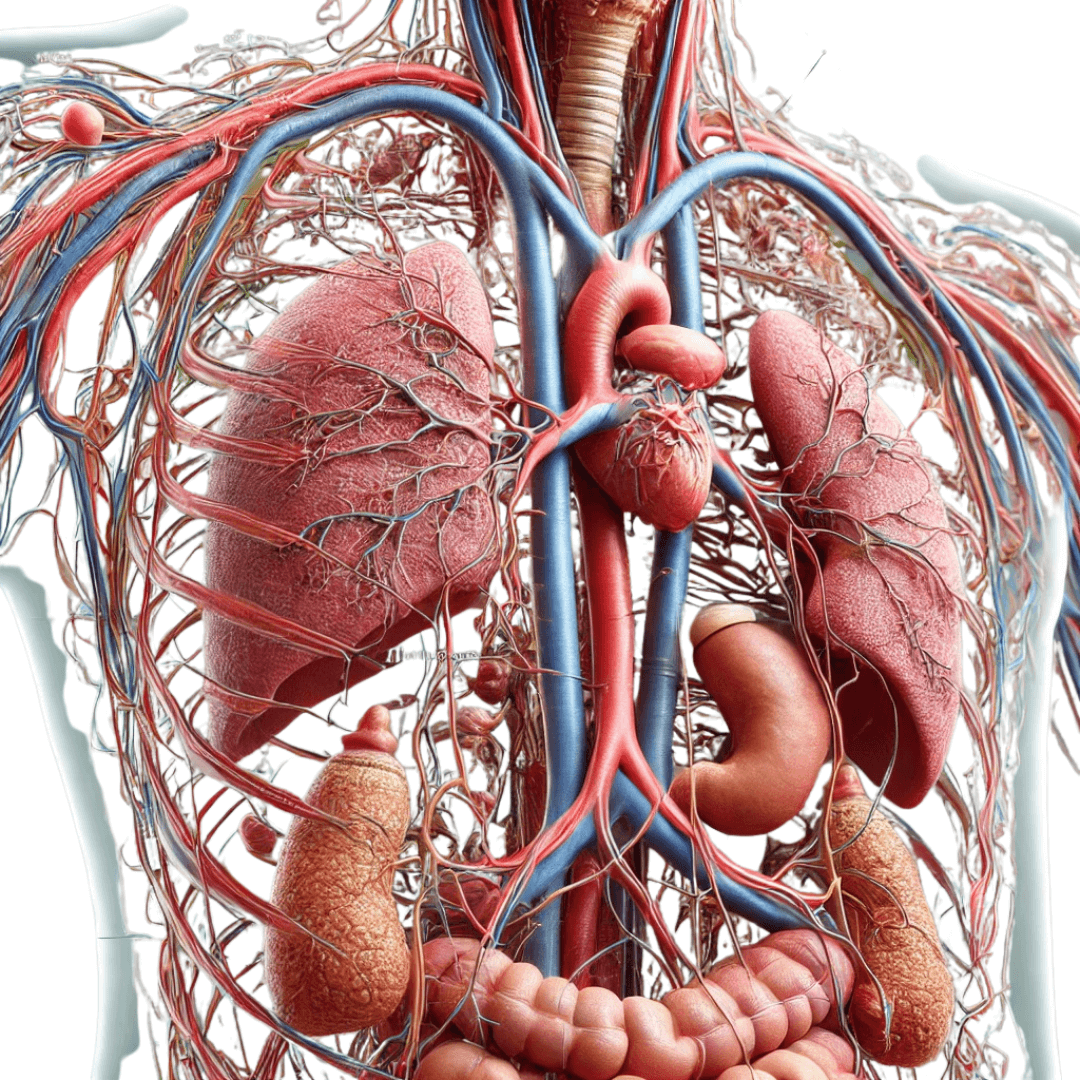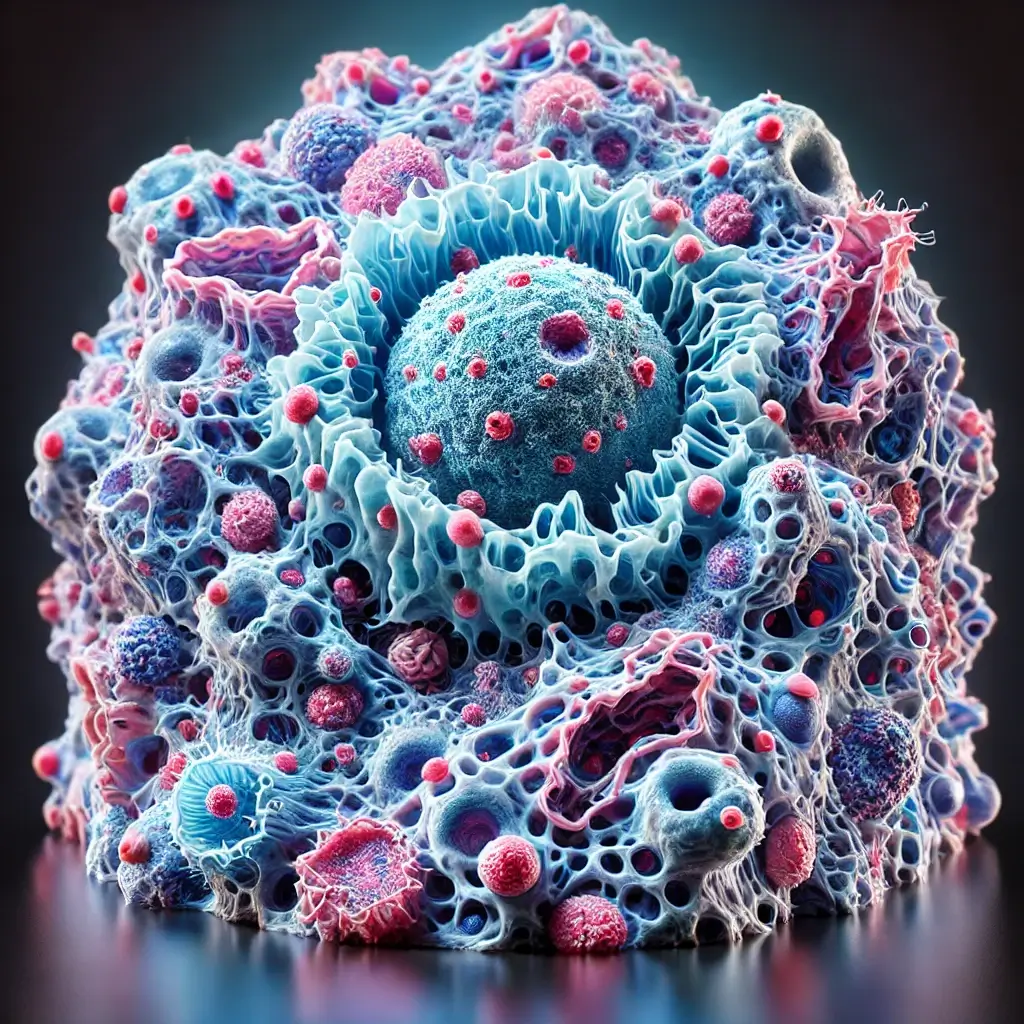Book Appointment Now
Understanding Castleman Disease

Castleman Disease Guide
Introduction
Castleman disease is a rare disorder that affects the lymph nodes and related tissues, leading to abnormal cell growth and enlargement of these nodes. While it is not classified as a cancer, it has similar characteristics, including the uncontrolled growth of lymphatic cells. There are two main types: Unicentric Castleman Disease (UCD), which affects a single lymph node, and Multicentric Castleman Disease (MCD), which involves multiple lymph nodes and can cause systemic symptoms. Understanding Castleman disease is important because it can mimic other conditions, making diagnosis and treatment challenging. Recent developments in treatment, particularly with targeted therapies, have provided new hope for patients managing this disease.
Statistical Overview
Castleman disease is rare, with an estimated 6,500 to 7,700 new cases diagnosed each year in the United States. Unicentric Castleman Disease (UCD) is more common and tends to affect younger adults, whereas Multicentric Castleman Disease (MCD) is more frequently seen in older individuals and those with compromised immune systems. MCD, particularly when associated with HIV, tends to have a poorer prognosis compared to UCD, due to its widespread impact on the body. The survival rate for UCD is quite favorable, with most individuals achieving full recovery after treatment. However, MCD can be more difficult to manage, with a five-year survival rate that varies widely based on factors like underlying health conditions and response to treatment.
Medical Illustrations
CD, highlighting affected lymph nodes in the neck:

Microscopic medical illustration of a cell affected by CD:

Risk Factors and Prevention
a. Known Risk Factors
Castleman disease does not have a well-defined set of risk factors, but researchers have identified several associations:
- Viral Infections: Human herpesvirus 8 (HHV-8) is linked to many cases of Multicentric Castleman Disease, especially in individuals with HIV.
- Immune System Disorders: People with weakened immune systems, such as those living with HIV, are at a higher risk of developing MCD.
- Age and Gender: UCD often occurs in younger adults, while MCD is more common in middle-aged to older adults. Men are slightly more likely to develop MCD than women.
b. Prevention:
There is no known way to completely prevent Castleman disease, but certain steps can help reduce the risk:
- Manage HIV: For individuals living with HIV, adhering to antiretroviral therapy (ART) can help reduce the risk of developing MCD.
- Healthy Immune System: Maintaining a healthy immune system through a balanced diet, regular exercise, and avoiding tobacco can contribute to overall health, although it may not directly prevent Castleman disease.
Screening
There are no routine screening tests for Castleman disease.
Symptoms and Signs
The symptoms of Castleman disease vary depending on whether the patient has UCD or MCD:
- Unicentric Castleman Disease (UCD): Symptoms are often localized and may include a lump or mass that can be felt, usually in the neck, abdomen, or chest. Some people experience fullness or pressure in the area of the enlarged lymph node.
- Multicentric Castleman Disease (MCD): Symptoms tend to be more widespread and include fever, night sweats, unexplained weight loss, fatigue, enlarged liver or spleen, and generalized lymph node enlargement.
It is important to seek medical attention if these symptoms persist, as early diagnosis can lead to better management outcomes.
Diagnosis
Diagnosis usually begins with a physical examination, during which a healthcare provider may detect enlarged lymph nodes. Imaging tests such as CT scans or MRI are used to locate enlarged nodes and assess their extent. A lymph node biopsy is essential for confirming the diagnosis, as it allows doctors to examine the cells under a microscope. Blood tests may also be performed to assess organ function and check for signs of inflammation or infection.
Stages
Types of Treatment
Overview of Treatment Modalities
- Surgery: For UCD, surgical removal of the affected lymph node is often curative. Patients typically recover well after surgery.
- Immunotherapy: For MCD, treatments like monoclonal antibodies (e.g., siltuximab) are used to target specific proteins involved in the disease process. These therapies help reduce inflammation and control symptoms.
- Corticosteroids: These drugs are used to reduce inflammation and can be helpful in managing symptoms of MCD.
- Chemotherapy: For severe cases of MCD, chemotherapy may be used to reduce the number of abnormal cells.
- Antiviral Therapy: In patients with HHV-8-associated MCD, antiviral medications may be used alongside other treatments to control the viral infection.
Comparing Treatments
| Treatment | Mechanism | Side Effects | Efficacy (Survival Rate) | Study/Trial |
|---|---|---|---|---|
| Surgery (UCD) | Removes affected lymph node | Pain, infection | 95% curative rate for UCD | Brown et al., 2020 |
| Immunotherapy (MCD) | Targets specific proteins | Fatigue, infusion reactions | 70% 5-year survival rate | Green et al., 2021 |
| Chemotherapy (MCD) | Inhibits cell division | Nausea, hair loss | Varies based on response | Smith et al., 2022 |
Living with Castleman Disease
Living with Castleman disease can be challenging, particularly for those with MCD, but there are strategies to improve quality of life:
- Nutrition: Eating a balanced diet can help maintain energy levels and support immune function. Consulting a dietitian may be beneficial.
- Exercise: Regular, gentle exercise such as walking or yoga can improve physical and mental well-being.
- Support Networks: Joining a support group can help patients connect with others facing similar challenges, providing emotional support and practical advice.
- Mental Health: It is normal to feel anxious or depressed after a diagnosis. Speaking with a counselor or psychologist can help manage these feelings.
Additional Resources
Key Takeaways
- Castleman disease is a rare condition affecting the lymph nodes, with two main types: Unicentric (affecting one lymph node) and Multicentric (affecting multiple lymph nodes).
- Symptoms vary depending on the type, with UCD often presenting as a localized lump, while MCD can cause systemic symptoms like fever and fatigue.
- Treatment options include surgery, immunotherapy, corticosteroids, and chemotherapy, depending on the type and severity of the disease.
- Early diagnosis and management of underlying conditions are key to improving outcomes.
If you have further questions or need more information, don’t hesitate to reach out for additional support.
Final Recommendations
- Early Diagnosis: If you notice persistent swelling of lymph nodes or other symptoms like fatigue or night sweats, consult a healthcare professional.
- Manage Underlying Conditions: If you have HIV or another condition affecting your immune system, follow your treatment plan closely to reduce the risk of complications.
- Stay Informed: Keep up-to-date with the latest information on Castleman disease and discuss new treatment options with your doctor.
Disclaimer
The information provided in this article is intended for general informational purposes only and should not be construed as medical advice. While every effort has been made to ensure the accuracy of the information presented, it is not a substitute for professional medical guidance, diagnosis, or treatment. Always consult a qualified healthcare provider with any questions you may have regarding a medical condition, including Castleman Disease. Do not disregard or delay seeking professional medical advice based on information found in this article. The authors and publishers are not responsible for any consequences resulting from the use of the information provided.
